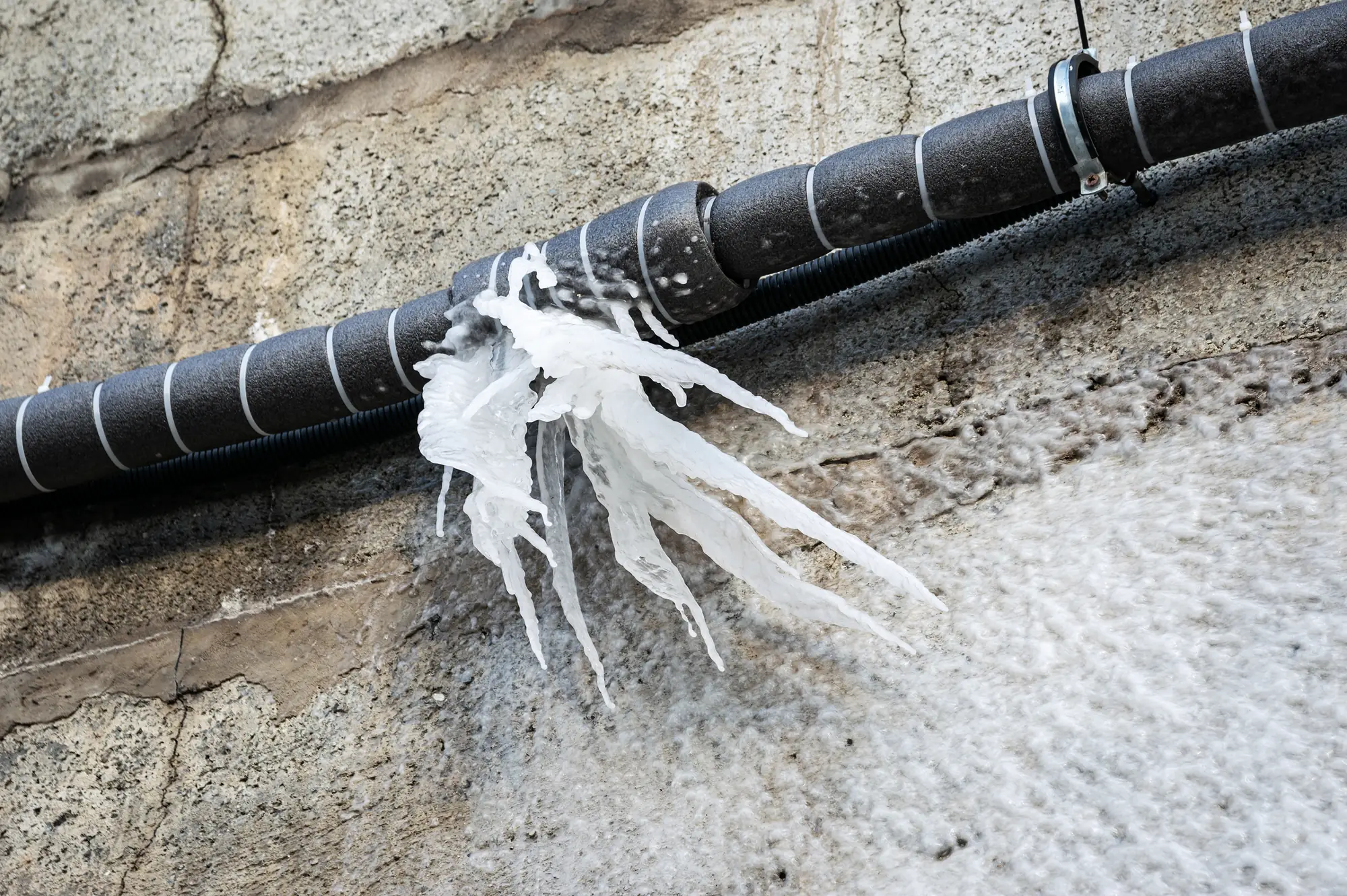
Hear From Our Customers
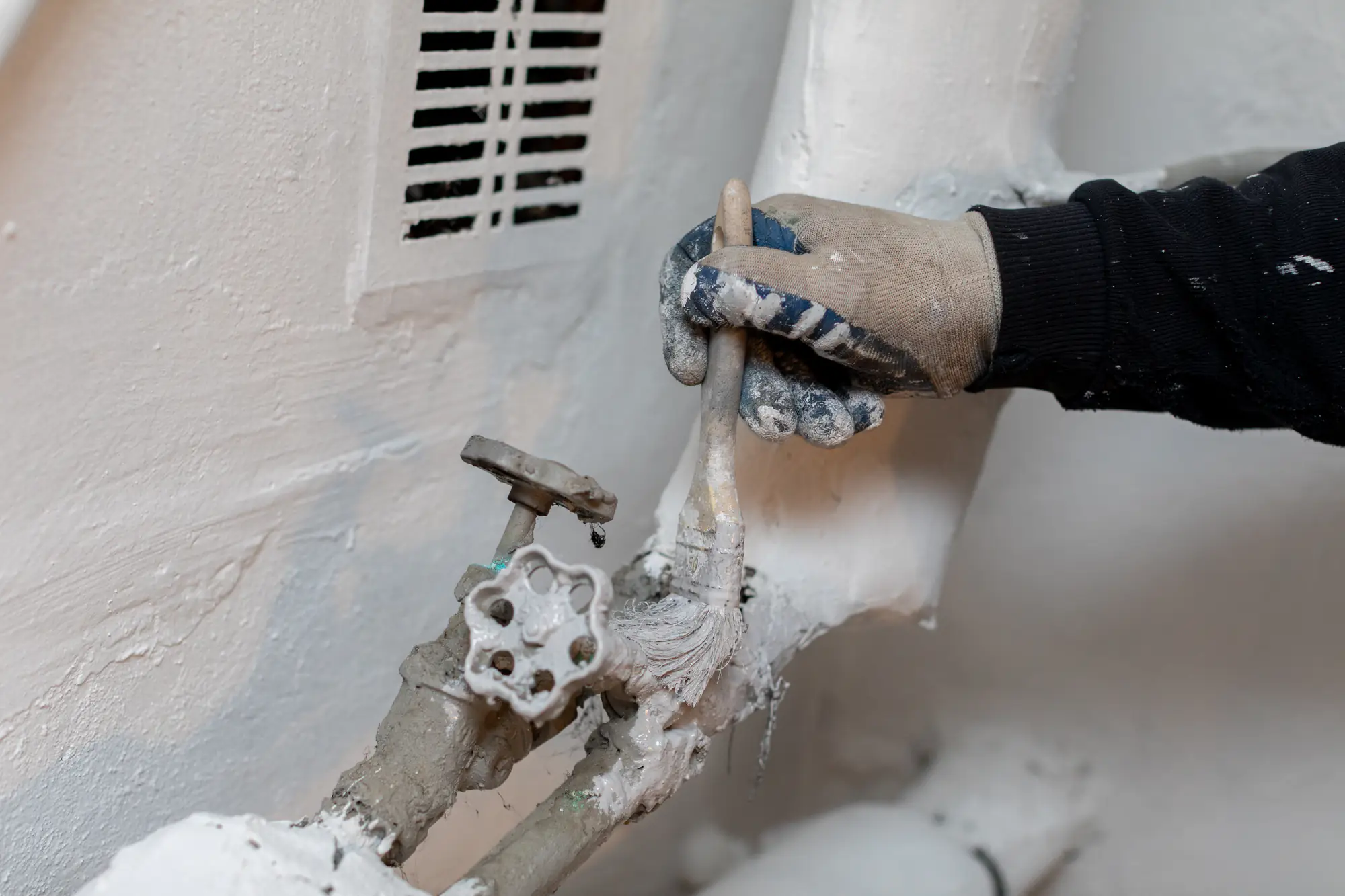
You flip the faucet and nothing happens. Your morning routine stops cold. But here’s what happens next when you call us.
Within 30 minutes, you’ll see our truck pull up. Our technician walks in with professional thawing equipment, not a hairdryer and hope. We locate the frozen section, apply controlled heat, and monitor the thaw process to prevent pipe bursts.
Twenty minutes later, water flows again. Your day gets back on track. Most importantly, you avoid the nightmare scenario where frozen pipes burst and flood your home with 250 gallons of water per day through a crack smaller than your pinky nail.
Go-Rooter Emergency Plumbers has been serving Lincolnwood and Cook County since we started in the plumbing business. We’ve seen what Chicago’s harsh winters do to pipes, especially in Lincolnwood where temperatures regularly drop to 21 degrees at night.
We’re not the guys who show up unprepared. Every truck carries professional pipe-thawing equipment designed for Illinois winters. Our technicians understand how Lincolnwood’s housing stock – from vintage homes to newer developments – responds to extreme cold.
When your neighbor’s pipes froze during last winter’s polar vortex, we were probably the ones who got their water flowing again. That’s because we stay local, respond fast, and actually know what we’re doing when pipes freeze solid.
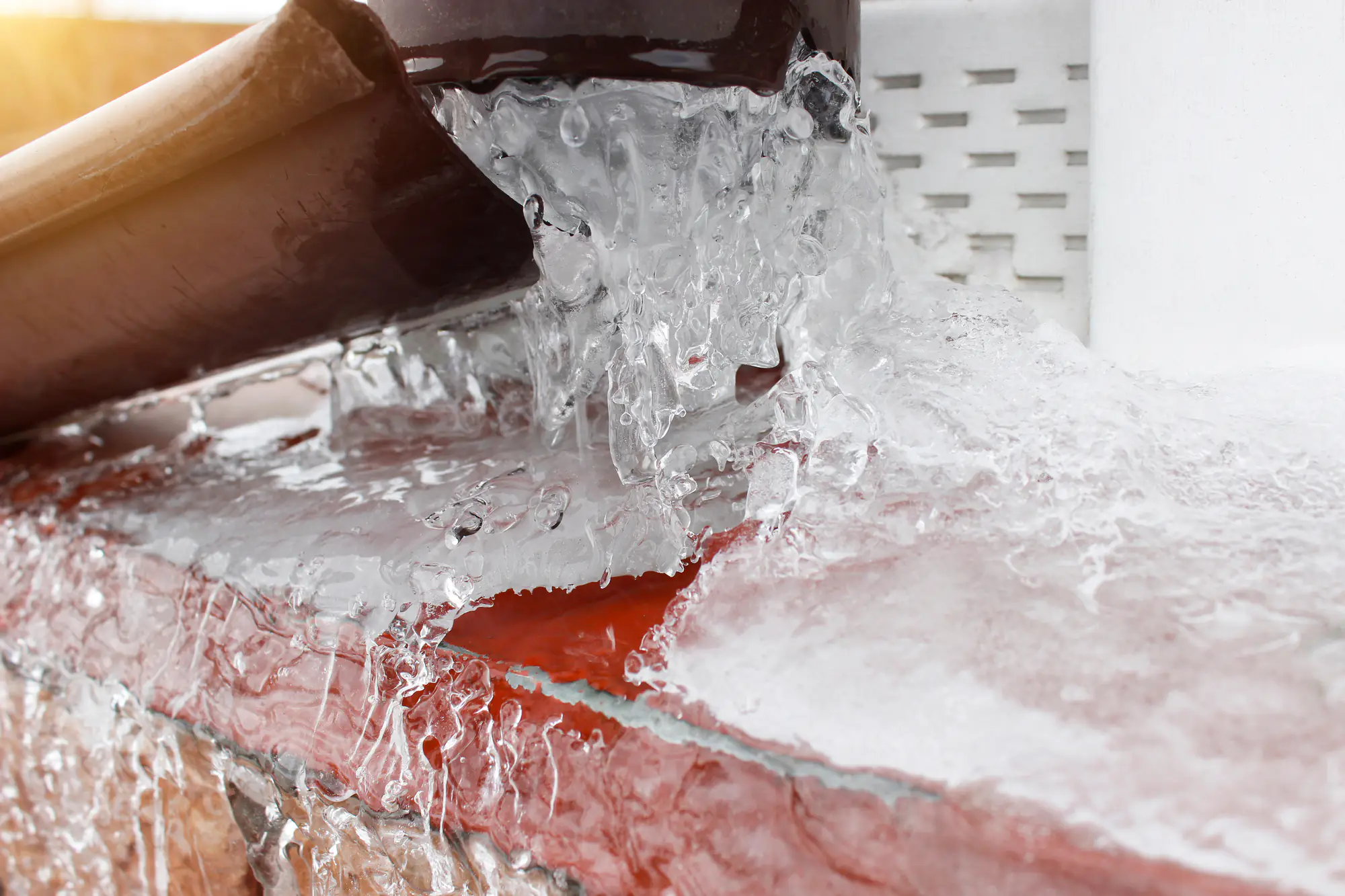
First, we shut off your main water supply to prevent flooding if pipes have already cracked. Then we locate the frozen section using temperature readings and visual inspection.
Next comes the careful part. We apply controlled heat using professional thawing equipment – never open flames or dangerous methods that could damage pipes or start fires. We monitor the thaw process closely, watching for signs of cracks or weak spots.
As water starts flowing again, we test the entire system for leaks and pressure issues. We check every connection, joint, and pipe section that was affected. Before we leave, we’ll walk you through what happened and give you straight talk about preventing it next time.
The whole process usually takes 30 to 60 minutes, depending on how much pipe froze and where it’s located in your home.
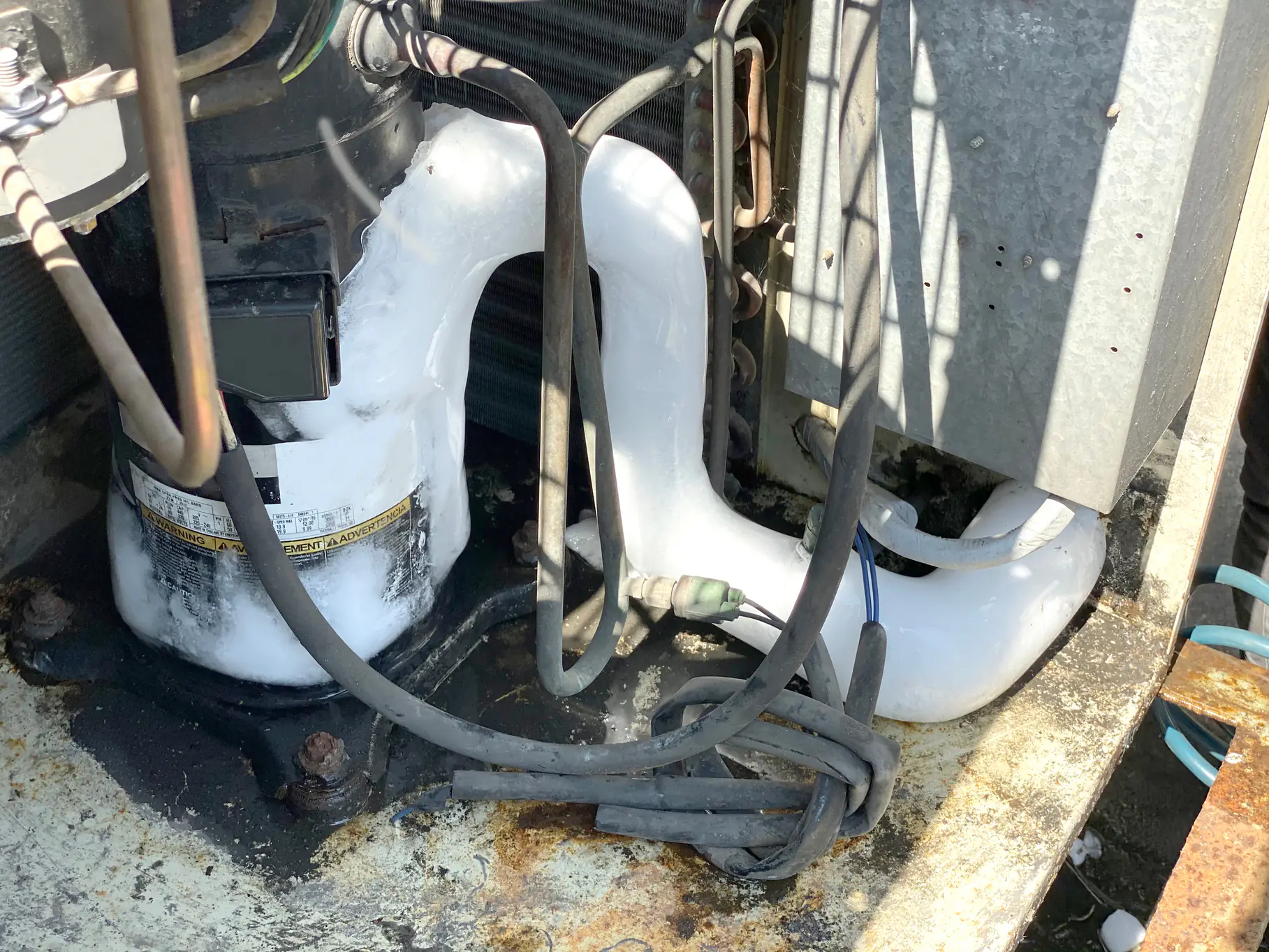
Ready to get started?
When we handle your frozen pipes, you’re getting more than just restored water flow. You’re getting a complete assessment of why it happened and how to prevent it.
We inspect your pipe insulation, check for drafts that let cold air reach vulnerable pipes, and identify other areas at risk. In Lincolnwood homes, we often find pipes along exterior walls or in unheated basements that need attention before the next cold snap.
You’ll get specific recommendations for your property. Maybe it’s adding insulation to exposed pipes in your crawl space. Maybe it’s sealing gaps where cold air sneaks in. We don’t sell you stuff you don’t need, but we’ll tell you exactly what needs attention.
Most Lincolnwood homeowners are surprised to learn their pipes can freeze in just 6 to 8 hours when temperatures drop below 32 degrees. That’s why we also provide emergency contact information and tips for what to do if it happens again.
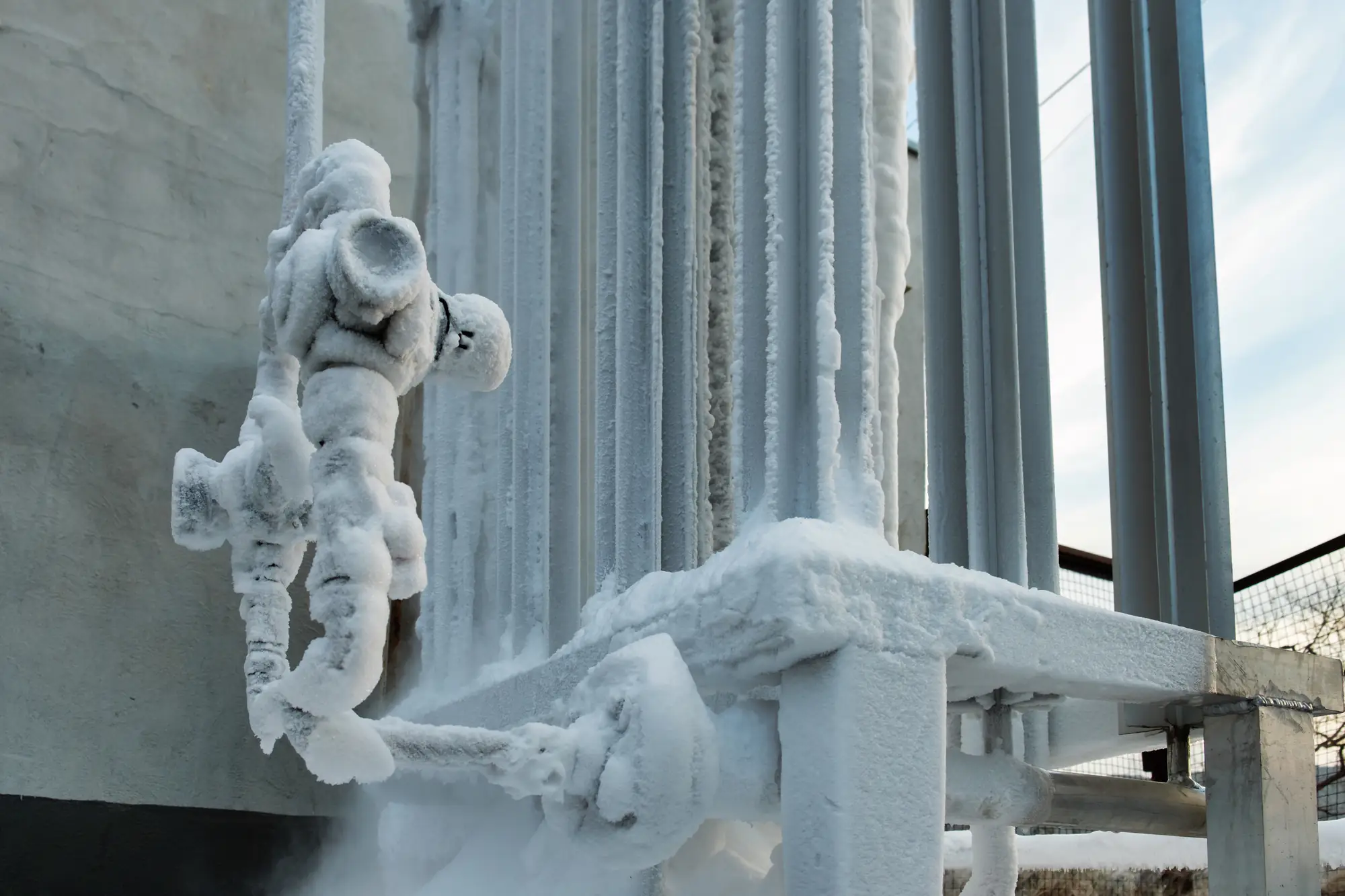
We typically arrive within 30 to 60 minutes of your call, even during Lincolnwood’s worst winter weather. Our trucks are equipped and ready to roll 24/7, because we know frozen pipes can’t wait until business hours.
During extreme cold snaps when everyone’s pipes are freezing, we prioritize calls based on urgency – homes with burst pipes or flooding get first priority, followed by complete water loss situations. We’ll give you an honest timeframe when you call and keep you updated if conditions slow us down.
Our rapid response time matters because every hour your pipes stay frozen increases the risk of bursting. When water freezes, it expands and puts enormous pressure on pipe walls. Professional thawing equipment gets water moving safely before that pressure causes expensive damage.
The biggest difference is safety and success rate. Homeowners often try hair dryers, space heaters, or even dangerous methods like blowtorches. These approaches can cause fires, electrical hazards, or sudden pipe bursts that flood your home.
Professional thawing uses controlled heat application with specialized equipment. We monitor temperature and pressure throughout the process, stopping immediately if we detect pipe damage. We also know exactly where to apply heat and how fast to thaw without shocking the system.
DIY attempts often fail because homeowners can’t access the frozen section or don’t have equipment powerful enough for thick ice blockages. When DIY fails, you’ve lost valuable time and the frozen section may have expanded, making professional repair more complex and expensive.
Straightforward pipe thawing typically costs between $150-300, depending on accessibility and how much pipe is frozen. We provide upfront pricing before starting work, so you know exactly what you’re paying.
If pipes have already burst, costs increase based on the extent of damage and repairs needed. Simple pipe section replacement might add $200-500, while major water damage restoration can reach thousands. That’s why quick response matters – thawing frozen pipes before they burst saves you significant money.
We don’t charge extra for nights, weekends, or holidays because frozen pipes don’t follow business hours. The price we quote includes everything needed to get your water flowing safely. No surprise fees, no hidden charges, no inflated emergency rates just because it’s 2 AM.
Yes, frozen pipes can cause serious permanent damage if they burst. When water freezes, it expands with tremendous force – enough to crack copper pipes, split PVC joints, or rupture flexible connections. A burst pipe can release 250 gallons of water per day through a crack just 1/8 inch wide.
Beyond the immediate flooding, burst pipes can damage your home’s structure, flooring, walls, and personal belongings. Water damage often leads to mold growth if not properly dried, creating health hazards and additional repair costs averaging $15,000 per incident.
However, pipes that freeze but don’t burst rarely suffer permanent damage. Professional thawing restores normal function without harming the plumbing system. The key is getting professional help quickly – before freezing progresses to bursting. That’s why we emphasize rapid response for Lincolnwood frozen pipe calls.
First, locate your main water shutoff valve and be ready to turn it off if you hear rushing water or see flooding. Don’t attempt to thaw pipes yourself – no hair dryers, space heaters, or open flames near plumbing.
Open cabinet doors under sinks to let warm air circulate around pipes. Turn on faucets connected to frozen pipes and leave them open – when thawing begins, running water helps prevent refreezing and you’ll know immediately when flow resumes.
If you have a basement or crawl space, check for signs of burst pipes like water puddles or ice formations. Take photos if you see damage – this helps our technician assess the situation quickly and may be useful for insurance claims. Most importantly, stay calm and keep everyone away from potential electrical hazards if water is present.
The most effective prevention starts with insulating exposed pipes, especially those along exterior walls, in basements, crawl spaces, or attics. Foam pipe insulation costs just a few dollars per foot and prevents most freezing problems in Lincolnwood homes.
During extreme cold, let faucets drip slightly – moving water resists freezing better than standing water. Keep your thermostat at least 55 degrees when you’re away, and open cabinet doors under sinks to let warm air reach pipes. Seal gaps and cracks where cold air enters your home.
For pipes that freeze repeatedly, consider installing heat tape or upgrading insulation around problem areas. We can identify vulnerable spots during service calls and recommend specific solutions for your home’s layout. Remember, prevention costs far less than emergency repairs and water damage restoration.